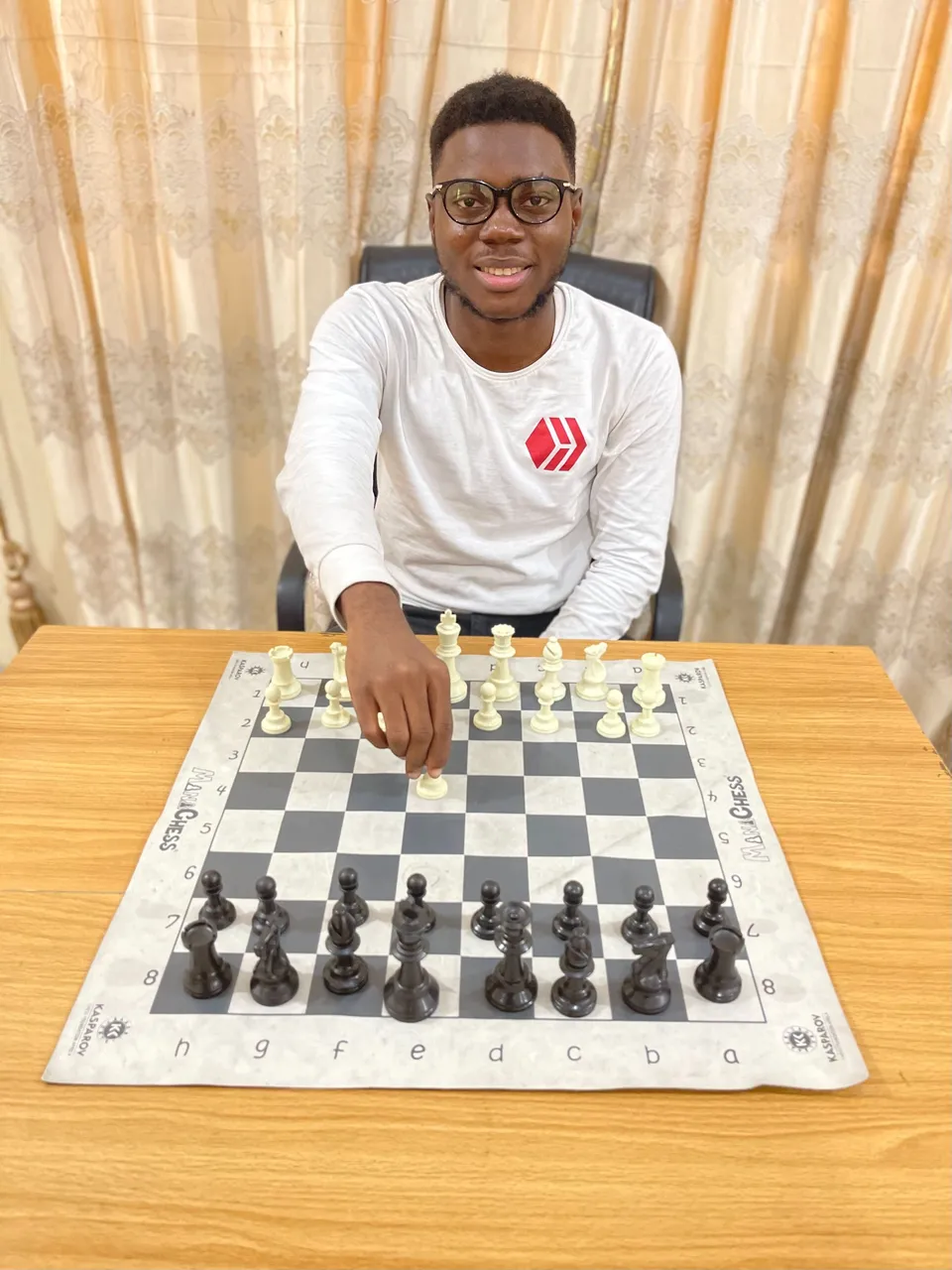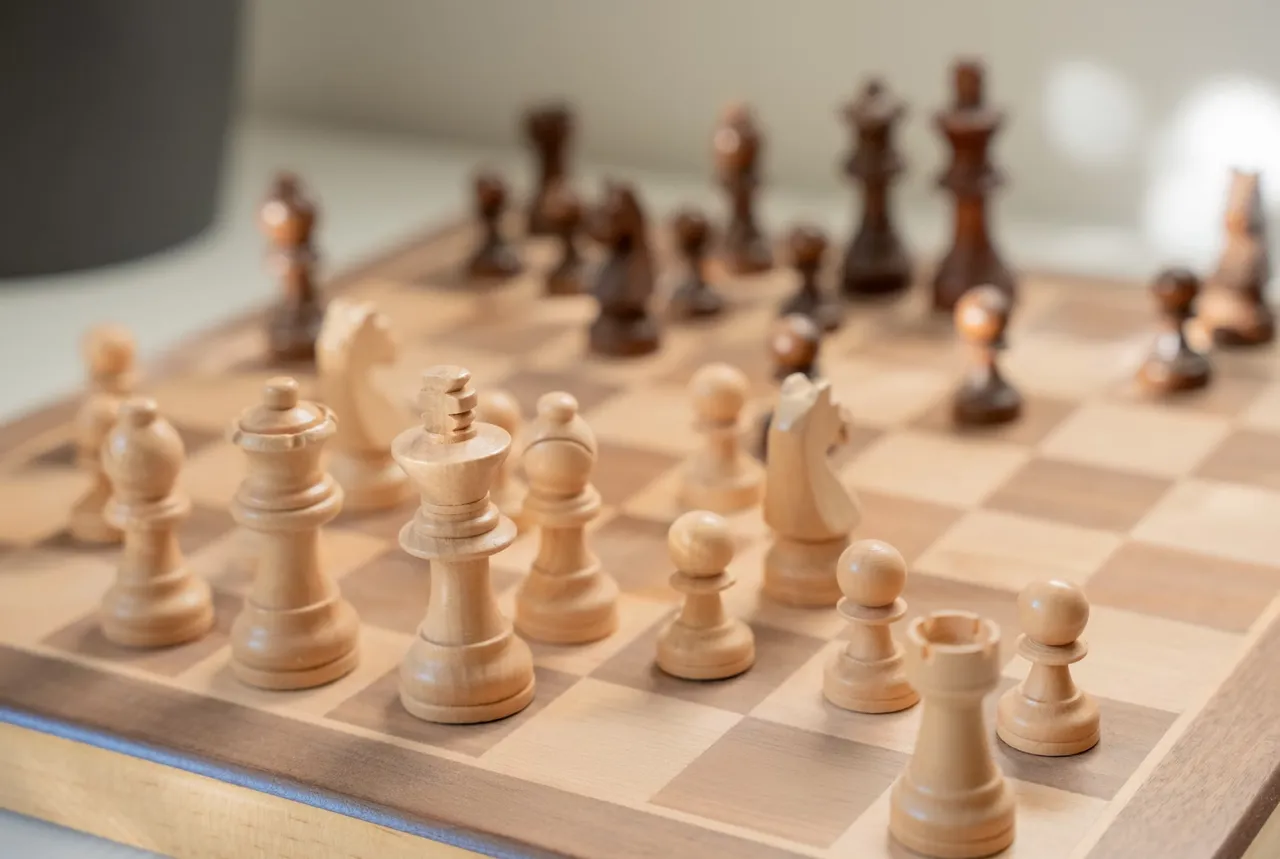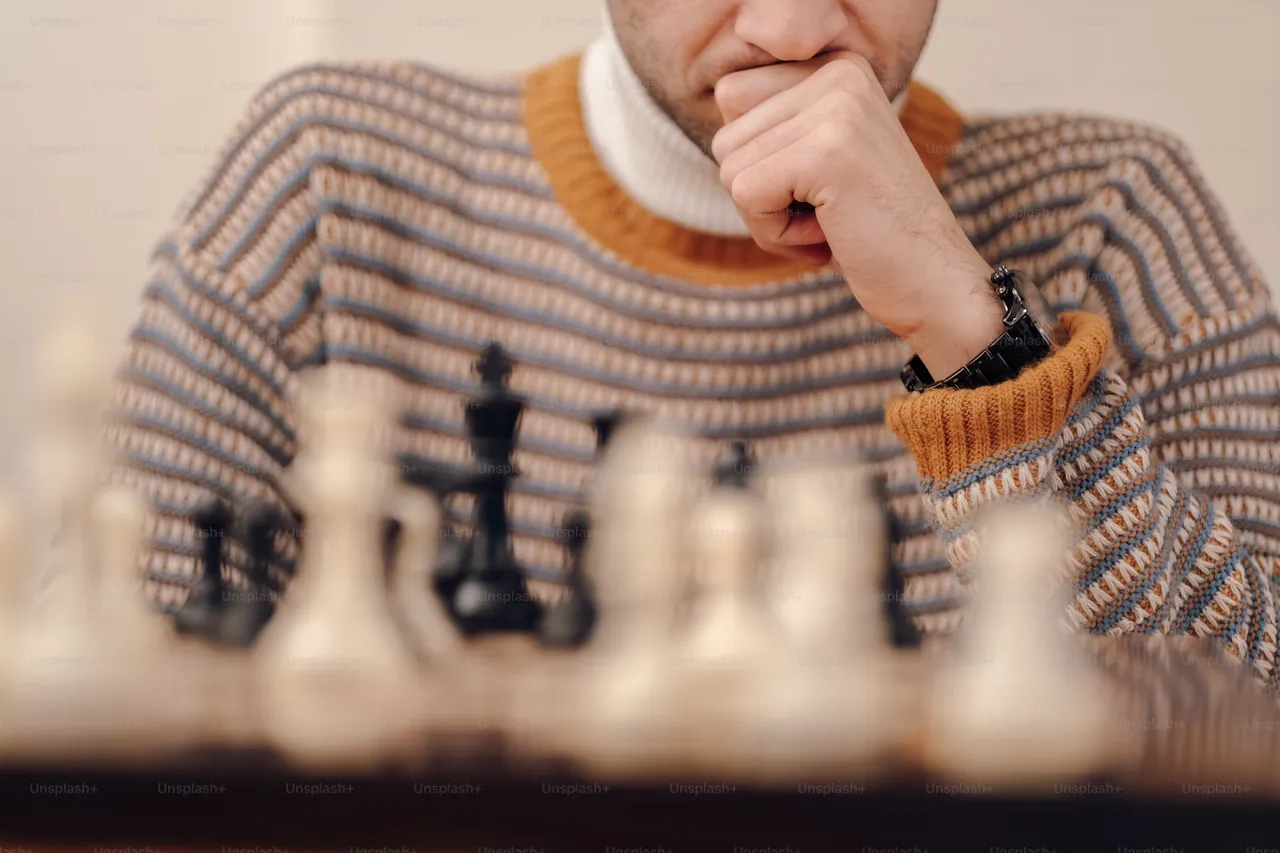Hey you, a chess lover and learner. It is so nice to see you in the 11th lesson in the intermediate series. Gradually, we are closing up on the series, and these kinds of things are what give me joy. Not to be a bit exaggerating, it is more like a calling. LOL! That is funny, right? Well I guess am just trying to say talking about chess, teaching chess and every other thing chess related is something I can go on and on about. Infact, I do not need to convince you too much, check my blog and see for yourself. Either way, I wonder what is on the teaching menu for today? Oh! We are going to be treating your strategy can be your plan. With that, let's take it one step at a time,
I know at this point I have repeated this point over and over, but here is what I want you to take this time. At the start of the game, keep the development plan simple. You want to bring out your piece at the start, then where? What square do you place it on, and most importantly, why? I remember watching on chess video with Magnus Carlsen talking about some basic strategy even super grandmasters still use up to date. It is develop the habit of communication with your pieces. Something like an emoji, if a piece is on a bad square, then give it the sad emoji, if a piece is on a good square, then a smiling emoji. It could be different for you, but what is important is to have that communication in your thoughts. There is a popular chess quote that talks about when you see a good move, look for a better one. But what the quote is talking about is to think before you touch a piece. It may sound easy to do, but trust me, this can be difficult when playing a game, especially a fast one. This is why I always advise against playing a fast chess game when you are just starting. Focus on deep thought, it shows how your thought process can be when playing. Play games of at least 30 minutes or more, and try to check for your mistakes with analysis after the game ends. One of the best ways to improve in chess is learning how to attack. Have you ever heard the saying: The best form of defence is attack? Attacking your opponent's piece can put them in more trouble than you think. But as usual, start simple. You can attack an opposing piece, probably a pawn, and then the king. But when attacking, think of your opponent's response even before making your move. To practice your skill in attacking and defending, check this practice exercise from Lichess: At this junction, see you in the next lesson. Do not forget, keep playing and learning. I am @samostically, I love to talk and write about chess because I benefited alot from playing chess and I love writing about chess. ♟♟♟♟♟♟♟♟♟
This lesson is about using your strategy as a plan. It can be simple, if you plan to capture a free piece in a couple of moves ahead, then that can be a plan, and it can even change your mindset towards the game.Step 1: Strategy of Development
Step 2: Strategy of thinking first before playing
Lastly, Strategy of Attack and Defence




